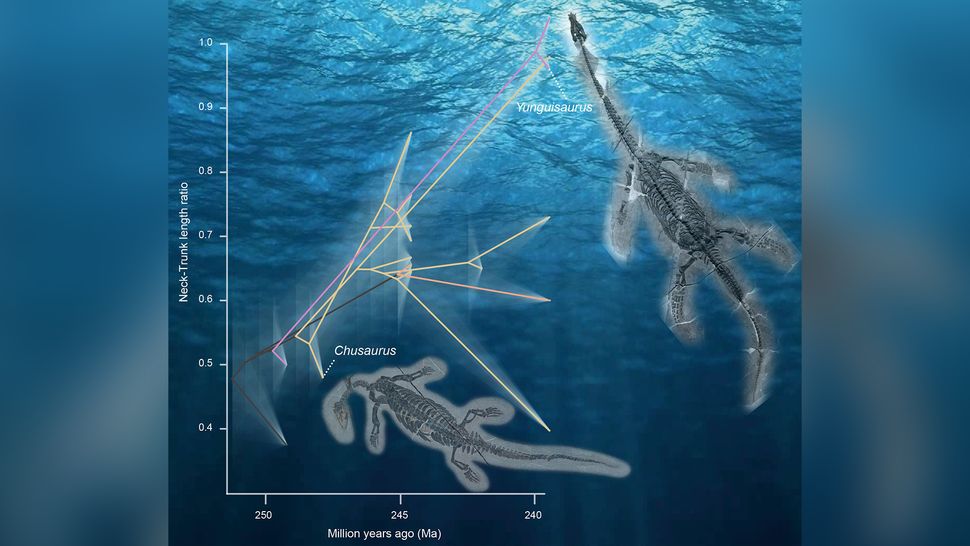MI weekly selection #527

NASA’s MOXIE experiment generates oxygen on Mars
NASA’s first mission to generate oxygen on Mars — the “Mars Oxygen In-Situ Resource Utilization Experiment,” or MOXIE — has successfully concluded, the agency announced. The toaster-sized device on the Perseverance rover has produced 122 grams of oxygen that is at least 98% pure, which could be scaled to help human missions to Mars in the future.
Full Story: Space
Triassic era sea reptiles grew long necks over 5M years
Ancient marine reptiles evolved to have longer necks relatively quickly in the early Triassic period by adding vertebrae. Researchers compared fossils of different eosauropterygians and discovered that the ratio of length of the creatures’ torsos to necks increased from around 40% to 90% within about 5 million years, which was likely prompted by the Great Dying extinction that preceded the Triassic period.
Full Story: Live Science
“Living material” can decontaminate polluted water
Scientists have created a 3D-printed “engineered living material” that can remove organic pollutants from water. The material, made of seaweed polymers and genetically edited bacteria, successfully decontaminated water with the dye indigo carmine over several days and can break down itself after coming in contact with the molecule theophylline.
Full Story: Popular Science
Physicists observe ‘unobservable’ quantum phase transition
Measurement and entanglement both have a “spooky” nonlocal flavor to them. Now physicists are harnessing that nonlocality to probe the spread of quantum information and control it.
Full Story: Quanta Magazine
Don’t expect a ‘Theory of Everything’ to explain it all
Not even the most advanced physics can reveal everything we want to know about the history and future of the cosmos, or about ourselves.
Full Story: The New York Times